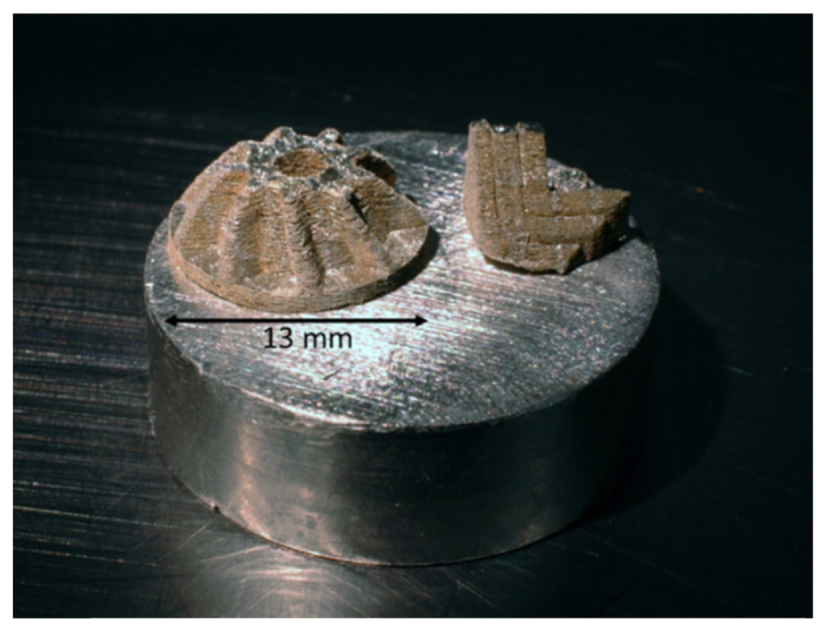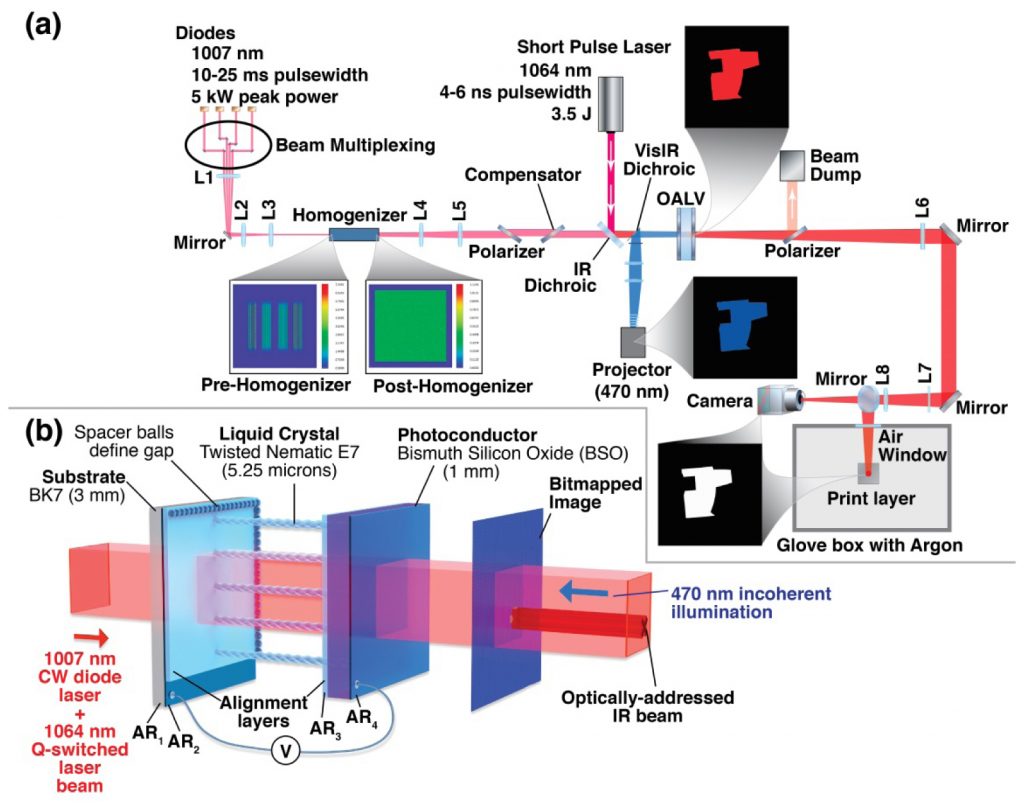Researchers at the Lawrence Livermore National Laboratory (LLNL) have released a paper detailing a new method of metal 3D printing. The method is based on the selective laser melting (SLM) technique of fusing metal powders together to make a 3D object. In the conclusion, authors state that further exploration of the technique has “the potential to revolutionize” the metal additive industry.

Challenges to selective laser melting
In typical selective laser melting, a scanning beam draws consecutive layers of metal by creating a melt pool of the material. Accurate control of this method is difficult to achieve as it requires the plotting of, often multiple, lasers, and consistent maintenance of specific build-chamber conditions. Unmelted powder can also find its way into the melt pool, leaving defects in the finished part that would lead to mechanical failure.
Because of this instability, much research in the field of metallurgy is looking for ways to improve the process, as in projects conducted at the University of Birmingham’s AMPLab and discussed by lab director Professor Moataz Attallah in an interview for 3D Printing Industry.
Work at institutions such NIST is also addressing the need to understand build chamber metrology.
Diode-based additive manufacturing
With the newly developed diode-based additive manufacturing (DiAM) method, LLNL researchers challenge the SLM process to create layers in a single in a single swoop, as explained in the study,
Unlike alternate methods which rely on scanning a beam with a small spot size along the print plane, this method can generate an entire print layer in one pulse
The single pulse used to create a layer is generated using an arrangement of inexpensive diode lasers. These small beams work in unison with a Q-switched pulsed laser that, in its short burst of energy, boosts the power of the diodes enough to flash-melt the metal powder.

Having a hybrid light source of multiple lasers also enables the researchers to ‘grayscale’ the outcome, i.e. fine-tune heat deposition at specific points. With continued experimentation, ‘grayscaling’ parameters could be employed to control the integral microstructure of the part, and account for stresses created by leftover material.
“Unparalleled” flexibility
The LLNL team has so far tested two materials in DiAM – tin powder and stainless steel 316L. The tin was used to create an impeller rotor part, as used in mechanics to control the flow of a liquid.

With this model, authors state that “the degree of design flexibility afforded through DiAM is far beyond that of typical selective laser melting systems and unparalleled in the overall metal AM market today” adding, in conclusion,
While the work reported here focused on a basic demonstration, commercial implementation of the technique for metal, polymer and/or ceramic materials has the potential to revolutionize metal additive manufacturing.
Further reading
Other research from LLNL includes another method of metal 3D printing termed ‘Direct Metal Writing’ that uses a semi-solid feedstock, and extrudes the material with ink-like fluidity. With the low cost of diodes, other institutions are also looking into their application for additive manufacturing, as in a high speed metal printing technique developed at the University of Sheffield.
Diode-based additive manufacturing of metals using an optically-addressable light valve is available to read online in the journal Optics Express. It is co-authored by Manyalibo J. Matthews, Gabe Guss, Derrek R. Drachenberg, James A. Demuth, John E. Heebner, Eric B. Duoss, Joshua D. Kuntz, and Christopher M. Spadaccini.
For more of the latest additive manufacturing related research sign up to the 3D Printing Industry newsletter and follow our active social media accounts.
Featured image: Set up of the Diode-based Additive Manufacturing (DiAM) technique developed at LLNL. Photo via Kate Hunts/LLNL



